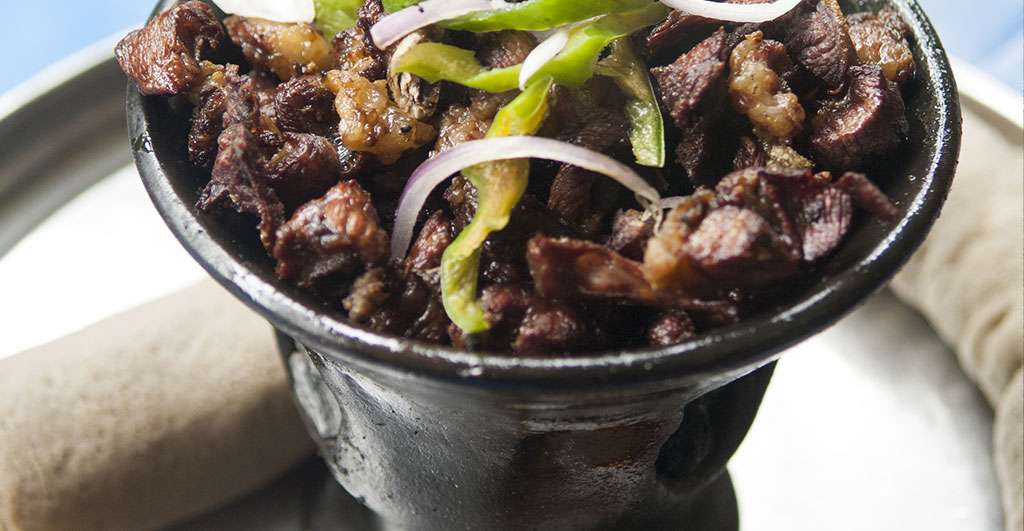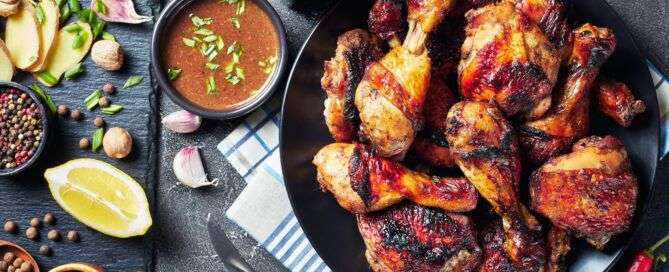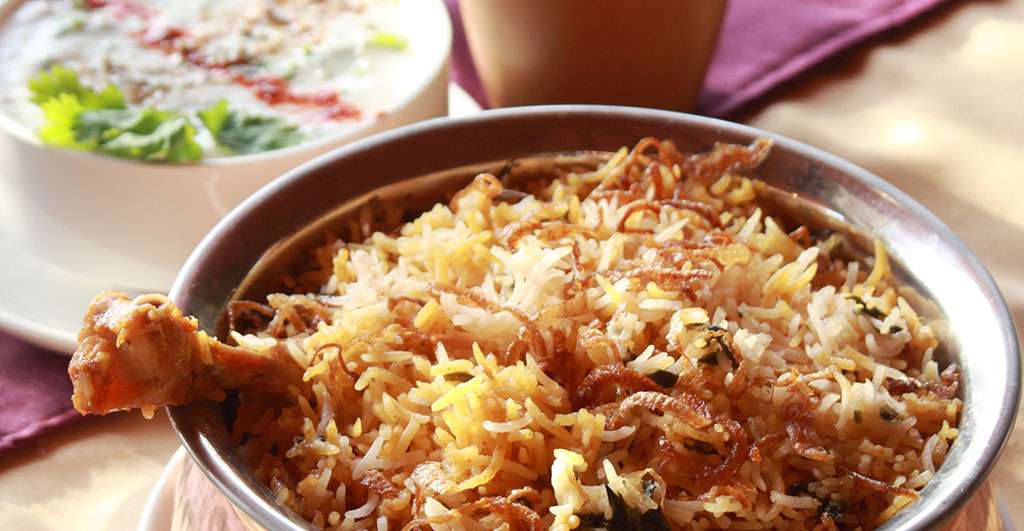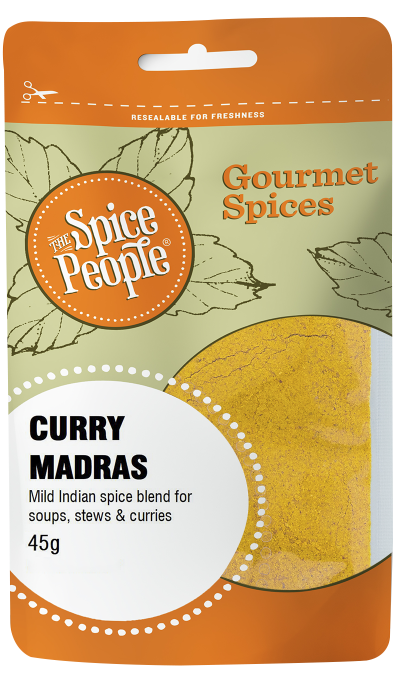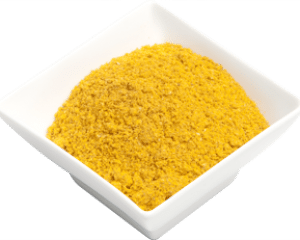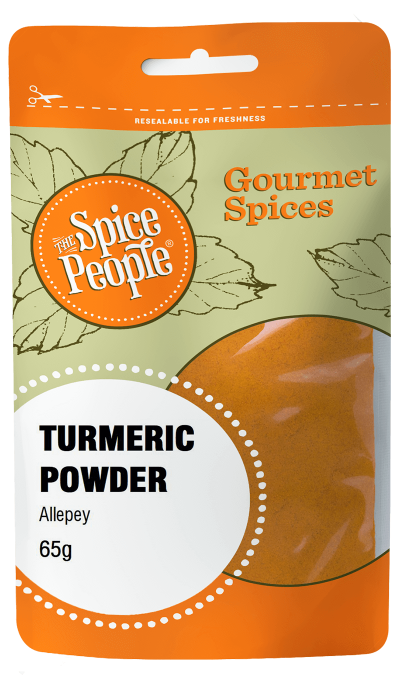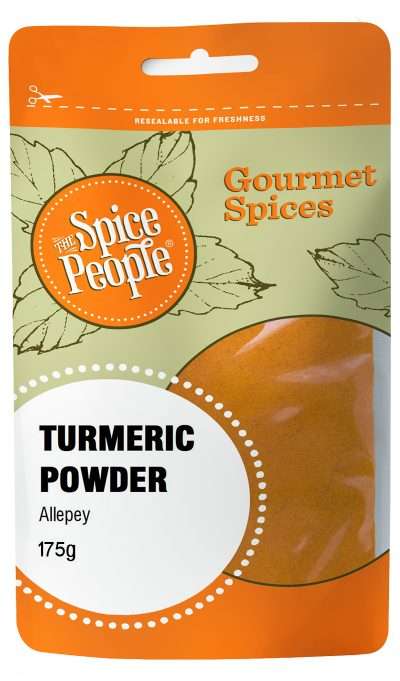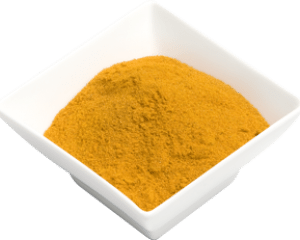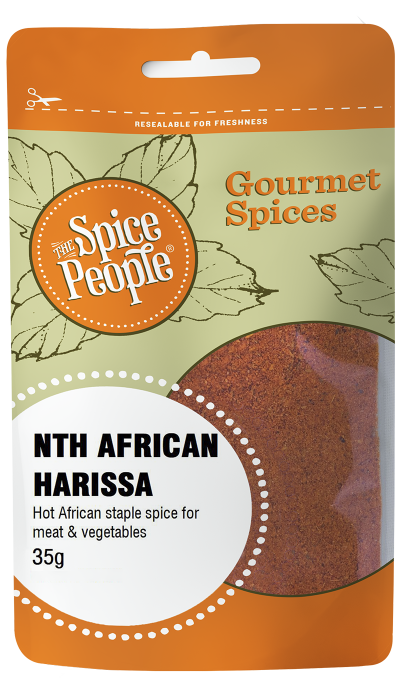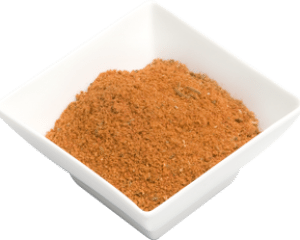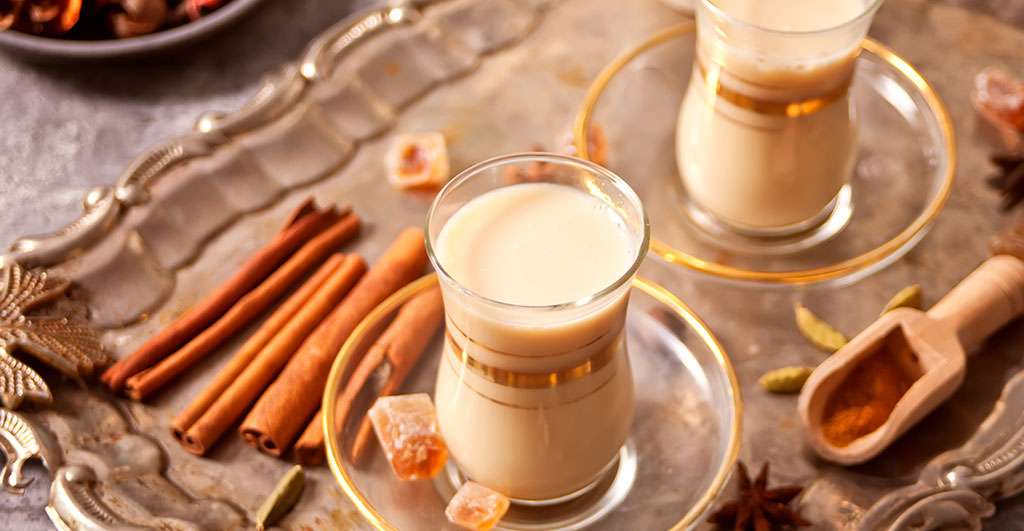Tahitian Vanilla Beans: Origins and Why Is It So Expensive?
In this article What is Tahitian Vanilla? Tahitian Vanilla vs Madagascar Vanilla Tahitian Vanilla Bean Curing What is so…

In this article
- What is Tahitian Vanilla?
- Tahitian Vanilla vs Madagascar Vanilla
- Tahitian Vanilla Bean Curing
- What is so special about Tahitian Vanilla?
- The aromatic flavours of Tahitian Vanilla
- What is the best use of Vanilla Beans?
- Using pure vanilla extract
- Making vanilla extract for baking
- Using raw vanilla pods
What is Tahitian Vanilla?
Did you know that Tahitian Vanilla makes up only 1% of worldwide vanilla production? Yet it’s the most expensive and sought-after of all vanilla varieties. These incredible and coveted seeds are rare and cost a whopping $600 per kilogram, making it higher in price per gram than silver and the second most expensive spice next to Saffron. So, why are people so ready and willing to spend such vast amounts on this unique botanic species? We may have the answer…
Recognised by the crème-de-la-crème of pastry chefs around the world for its sweet flavour and exotic floral aroma, Tahitian Vanilla brings a unique flavour to foods that’s second-to-none and a true taste of luxury. More complex in taste and scent than traditional True Vanilla with notes of anise, tart plum, and sweet cherry, it delivers a distinct sophistication to dishes both sweet and savoury, even pairing well with roasted and grilled meats. Aside from its more-unusual culinary uses, you can also use it in-place of traditional vanilla when baking to add a unique tart vanilla tang to your cakes and biscuits.
The Tahitian Vanilla Bean origin traces back to the largest island in the chain of South Pacific Island in French Polynesia, Tahiti. Its windswept black and white sand beaches, tremendous waterfalls, lush green mountains, and tropical fish swimming in bright blue-green lagoons not only make it a stunning holiday destination, but an excellent growing place for botanicals like vanilla. Both the beauty of this tropical island and sought-after Vanilla Bean exclusive to its soil has made Tahiti a popular visiting place for professionals in the culinary industry.
Not only a draw card for top chefs of Europe, Tahitian Vanilla is widely used in the high-end perfume industry. The sweet, buttery scent of natural Tahitian Vanilla has graced the bottles of popular perfumeries such as Chane, Guerlain, and many other perfume and fragrance manufacturers.
The Vanilla Bean originally derives from the orchid plant, more specifically Vanilla Planifolia, which is the only fruiting orchid in the Orchidaceae family. Their seeds are shorter and broader than the well-known Phalaenopsis variety and was originally native to Mexico, where its locals believed it was a food of the god and thus, began sowing the seeds. It was Hernán Cortés who then introduced the beans to Europe in the 15th Century.
Tahitian Vanilla vs. Madagascar Vanilla
Unusually, Madagascan Vanilla Beans are most well-known as Bourbon Vanilla Beans though they have no relation to bourbon or any other alcohol variety, unless made into vanilla extract. This name actually comes from one of its growing places – Réunion, also known as Bourbon. Other areas planifolia pods are found are Madagascar (hence its most-common name), Comoros, and the Indian Ocean. Bourbon Vanilla beans have earned their love of cooks and bakers around the world for their vivid and creamy taste. The thinnest variety of the four species also has the best taste pairing well with apples, ice cream, fish, milk, peaches, watermelon, pears, and strawberries.
When it comes to the difference between Tahitian and Madagascar Vanilla, Tahitian vanilla pods are much wider and flater than the Madagascan variety and contain less vanillin, an organic compound responsible for its distinct aroma and taste. Tahitian vanilla is unique among these hand-grown varieties, as it is a hybrid of two species, vanilla, and tahitensis. It has a thinner stem and oval-shaped leaves, and is dark green in colour. The aroma is floral with undertones of ripe fruit for a deep and rich taste of cherry chocolate, licorice, and caramel.
Tahitian Vanilla Bean Curing
Tahitian Vanilla is cured very differently to other vanilla pods around the world. Most varieties of Vanilla beans come to the very end of their ripening period due to the heavy wet season before harvesting in Madagascar and other areas, however, this is not the case with Tahitian vanilla. When the pods begin to change from green to yellow, this is a sign the pods are ripe and ready for harvesting. Only the ripened vanilla pods are harvested from the vines, whilst the rest of the seeds are left to turn their signature yellow hue. The harvested seeds are then stored in a dry place until they age and start to turn brown. Once the beans are golden brown all over, they are gently rinsed under cold water and placed in the hot afternoon sun for drying. Once dry, they are wrapped in woolen blankets and placed in thermal boxes to soak up all the leftover moisture for several days.
Every day, the harvest beans are placed in the sun in a way that heat is evenly distributed between them. After several hours when the beans are warm to the touch, they are bundled up again to leech moisture. This tried and tested process helps the pods develop their unique taste and aroma and is well worth the effort. Once the vanilla loses 20-30% of its moisture, the processor starts sorting and grading the beans allowing them determine which are ready for drying in the shade or conditioning in the box. Those that aren’t at their final stage yet are kept in the sun and monitored over following days. Finally, the expert completes the last stage of the grading process, checking for the beans that are ready to go for sale – this is how these gems finally reach your kitchen pantry. Interestingly, the government of French Polynesia is setting a mandate for the final moisture level of vanilla beans, which is currently 55% – this distinguishes Tahitian Vanilla from all other vanilla varieties around the world.
What is so special about Tahitian vanilla?
The taste of Tahitian vanilla differs significantly from its family members. Vanilla from Tahiti actually has a lower vanillin content than Mexican and Malagascan beans but retains its bold, unique flavour and exquisite aroma. Mexican Vanilla and Malagasan Vanilla are equally sweet and have a buttery texture and smell thanks to the presence of high vanillin content, a chemical compound that gives vanilla a distinctive taste. However, these beans contain hundreds of other important aromatic compounds that boost their overall aromatic profile, whereas with Tahitian Vanilla, the higher content of the aromatic coumarin compound helps to get its distinct flavour and aroma. This compound is also found in strawberries, black currants, apricots, and cherries, which explains their close similarities in flavour and smell profiles.
Although vanilla is native to Mexico, it has been grown in the tropical climate and volcanic soil of Tahiti for over 170 years. Vanilla is the only member of the orchid family grown for non-ornamental purposes. Vanilla tahitensis is a hybrid of Vanilla planifolia and Vanilla odorata.
The aromatic flavours of Tahitian vanilla
The taste of true Tahitian Vanilla Beans is only described as a pure delight for your tastebuds. The flavour of these special beans is soft, delicate, intoxicating, and floral. No other vanilla bean in the world measures up to its luxurious, aromatic, exotic, and sensual flavors that go well with both sweet and savoury dishes. Cherry, chocolate, and spicy tones give it a specific taste which makes it the world’s most prized vanilla variety.
What is the best use of Vanilla Beans?
Pure Tahitian vanilla extract has a range of culinary uses for both sweet and savoury including: baking sweet treats, grilling and braising meats, roasting with fresh stone fruits, and many more. The diversity and complexity of this spice is what makes it so sought-after among professional chefs.
Using pure vanilla extract
One of the easiest ways to enjoy Tahitian vanilla is to make your own sweet syrup. Simply pair it with sugar and a bottle of rum and let it soak for a few weeks. Use this syrup in creams, pastry dishes, baking, or slow-cooks. If you love this sweet, delicate aroma, try putting Tahitian vanilla in coconut oil for an exquisitely fragrant homemade body oil.
Making vanilla extract for baking
Make your own homemade Vanilla Extract with your Tahitian beans by soaking a few whole vanilla beans in 35% alcohol solution. Shake the solution and avoid it from getting in the direct sunlight. Leave it for about eight weeks and you will have your very own Tahitian Vanilla extract ready to use for baking and cooking!
Using raw vanilla pods
Cut the vanilla pods lengthwise with a knife and scrape the seeds (inner black part) with the back of a knife, which is referred to as ‘vanilla caviar’. Add the vanilla caviar to cake dough, cookie dough, and toppings, sauces, etc. Add it to a bottle of liqueur or put it in a glass of brown sugar to soak the rich flavours.
You can also use it in traditional Tahitian cuisine from the Tahitian Islands by making rich, creamy desserts with tapioca combined with fruits like banana, coconut, and cassava. It also makes a wonderful flavour when added to a classic ice cream base for a unique vanilla ice cream! It also imparts a wonderful flavour when added to fish and seafood dishes.
Discover more Spices
Similar Blog Posts
Join the Spice People to Get Started on Your Culinary Spice Journey!
Be the first to hear about our exclusive promotions, new product releases, recipes and more.









